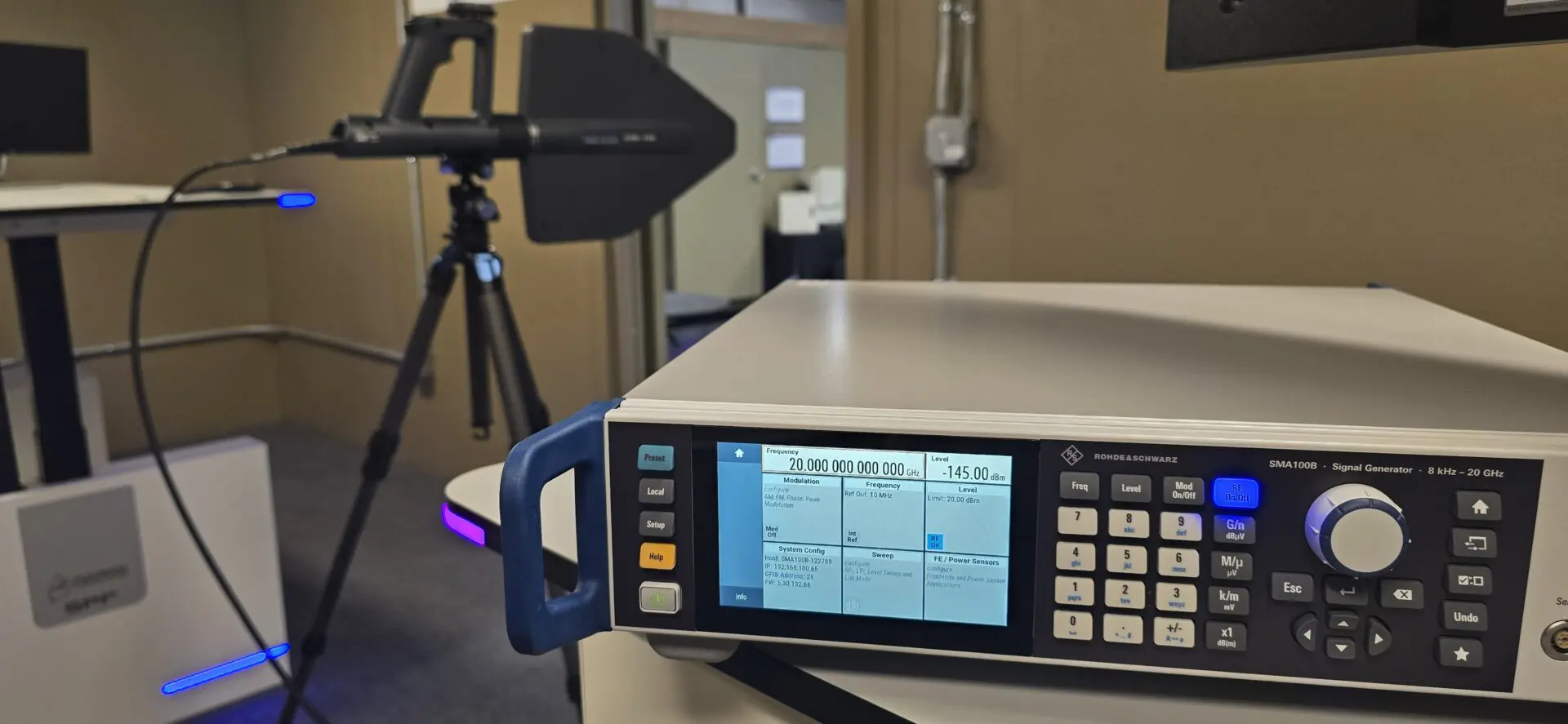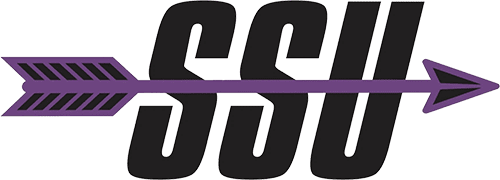
How Does RF Shielding Effectiveness Testing Work?
An overview of RF shielding effectiveness testing to measure the success of TEMPEST mitigations
In SCIF construction, emanations coming off electronic equipment processing Classified information are an increasing security concern. These signals can be picked up and used by adversaries to access otherwise safeguarded information. The ICD 705 Technical Specifications addresses this concern through TEMPEST, an Unclassified short name for the study, investigation and mitigation of these emanations. When these mitigations are part of SCIF construction, testing is necessary to ensure they’re shielding the facility as required.
Trained technicians use specialized equipment to perform the testing and it can be done on a single door or an entire facility. The requirements for this type of testing can be found in the Institute of Electronics and Electrical Engineers (IEEE) 299.
RF Shielding Effectiveness Testing Process
The IEEE 299 lays out details for how the tests must be performed. The Certified TEMPEST Technical Authority will determine the range of frequencies that the assembly must shield against. The IEE lays out 11 frequencies that should be tested, though you may be required to test beyond that set. The larger the range, the more tests that will need to be run. You may need to test any frequencies that could cause interferences with local radio services, like police scanners or airport towers.
The number of tests that must be run will add up quickly. A standard door assembly has 14 different points that need to be tested, so when 11 frequencies need to be tested, that’s 154 different tests. Testing the facility perimeter includes testing the floor and ceiling. Walls will be tested at points along its seams. Even a small space could easily require more than 1,000 individual tests. Each test takes about a minute to perform, so testing can be a multi-day process.
When performing the test, an antenna transmits a signal from one side of a closed door or wall assembly. A receiver on the other side of the wall will try to pick up that signal, and the equipment will show how much of it is making it through the wall in decibels per meter and decibel microvolt per meter. If a frequency doesn’t make it to the receiver, it shows it is successfully being shielded. The transmitter will be oriented in line with the seams of the wall being tested, either horizontally or vertically.
This testing is highly specialized and requires training to be able to conduct it and to interpret the results. The equipment to perform these tests costs several hundred thousand dollars. Because of this, this testing is best outsourced rather than attempting to perform it in-house.
SSU offers both RF shielding effectiveness testing and acoustic protection testing. Get the information you need to move forward with accreditation from industry-leading experts. Whether you need your entire perimeter tested or a single room, we can cater to your contract needs. Contact us today to learn more about how SSU can help you move your project forward.
